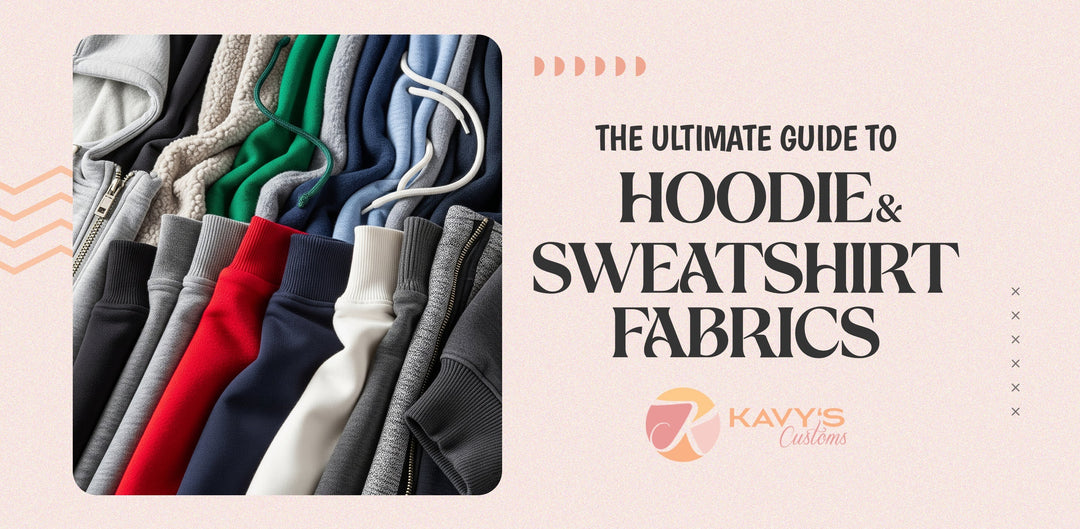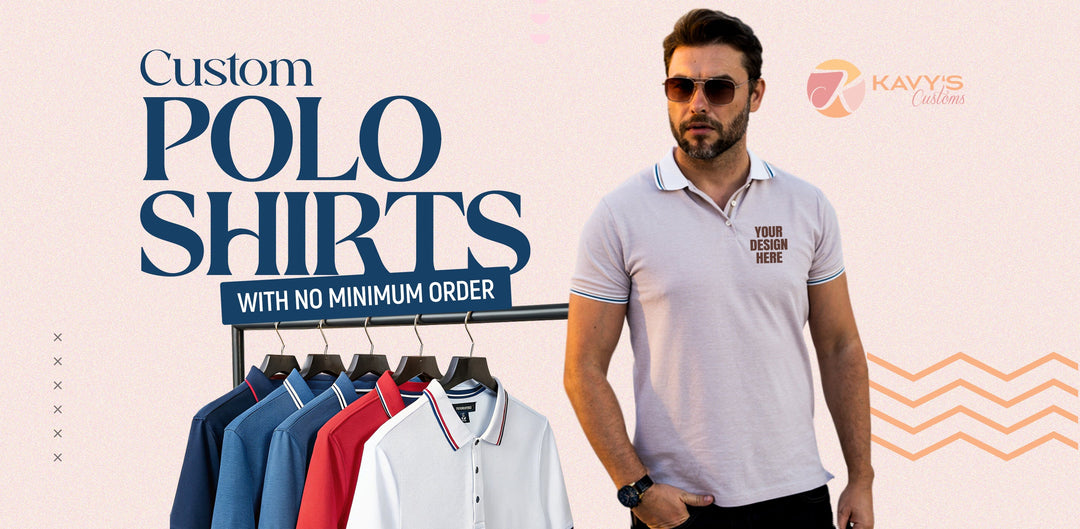What is DTF and Why You Should Use It for Your Custom Prints

DTF, or direct to film, is a new and innovative printing technique that allows you to create high-quality, full-color, and durable custom prints on various fabrics and materials. DTF is different from other printing methods, such as sublimation, vinyl, or heat transfer, in several ways. In this article, we will explain what is a DTF transfer, how it works, and why it is better than other printing options. We will also show you where to get the best DTF transfers for your custom prints from Kavy's Customs.
What is a DTF Transfer?
A DTF transfer is a thin film that contains the printed image and a layer of adhesive powder. The image is printed on the film using special DTF inks, which are eco-friendly and water-based. The adhesive powder is applied on top of the image, and then the film is cured with heat. The DTF transfer is then ready to be applied on the desired fabric or material, such as cotton, polyester, leather, wood, metal, or glass.
To apply the DTF transfer, you need a heat press machine. You simply place the film on the fabric or material, and press it with the heat press for a few seconds. The heat activates the adhesive powder, which bonds the image to the fabric or material. The film is then peeled off, leaving behind a smooth, vibrant, and durable print.
Which is Better DTF or Sublimation?
Sublimation is another popular printing technique, which involves printing the image on a special paper, and then transferring it to the fabric or material using heat and pressure. Sublimation can produce high-quality and full-color prints, but it has some limitations. For example, sublimation only works on white or light-colored fabrics, and only on polyester or polyester-blend fabrics. Sublimation also requires a high temperature and pressure, which can damage some fabrics or materials.
DTF, on the other hand, can print on any color and any type of fabric or material, including cotton, leather, wood, metal, or glass. DTF also requires a lower temperature and pressure, which preserves the quality and integrity of the fabric or material. DTF can also print on complex shapes and curves, unlike sublimation, which can only print on flat surfaces. Therefore, DTF is better than sublimation in terms of versatility, flexibility, and compatibility.
Do DTF Transfers Feel Like Vinyl?
Vinyl is another common printing technique, which involves cutting out the image from a sheet of vinyl, and then applying it to the fabric or material using heat and pressure. Vinyl can produce solid and durable prints, but it has some drawbacks. For instance, vinyl can only print in single colors, and it can crack or peel over time. Vinyl also feels thick and stiff on the fabric or material, which can affect the comfort and breathability of the garment.
DTF transfers, on the contrary, feel soft and smooth on the fabric or material, as they are very thin and flexible. DTF transfers also do not crack or peel, as they are fused with the fabric or material. DTF transfers can also print in full-color and gradient, unlike vinyl, which can only print in solid colors. Therefore, DTF transfers feel better than vinyl in terms of texture, appearance, and durability.
What is the Purpose of DTF?
The purpose of DTF is to provide a superior printing solution for custom prints on various fabrics and materials. DTF can help you create unique and personalized designs for your clothing, accessories, home decor, gifts, and more. DTF can also help you reduce your environmental impact, as it uses eco-friendly and water-based inks, and it does not produce any waste or residue.
Which is Better, Vinyl or DTF?
As we have seen, DTF is better than vinyl in many aspects, such as versatility, flexibility, compatibility, texture, appearance, and durability. DTF can print on any color and any type of fabric or material, while vinyl can only print on single colors and certain types of fabrics or materials. DTF can also print in full-color and gradient, while vinyl can only print in solid colors. DTF also feels soft and smooth on the fabric or material, while vinyl feels thick and stiff. DTF also does not crack or peel, while vinyl can crack or peel over time.
DTF is a new and innovative printing technique that can help you create high-quality, full-color, and durable custom prints on various fabrics and materials. DTF is better than other printing methods, such as sublimation, vinyl, or heat transfer, in terms of versatility, flexibility, compatibility, texture, appearance, and durability. DTF can also help you save money, and reduce your environmental impact.







Leave a comment